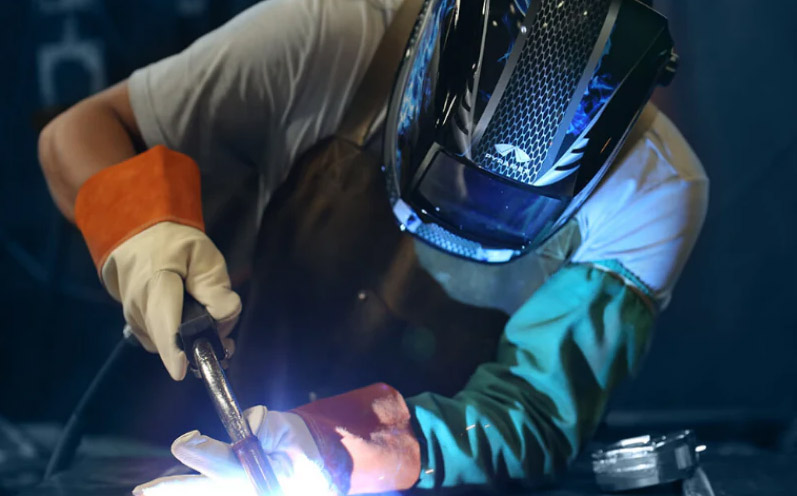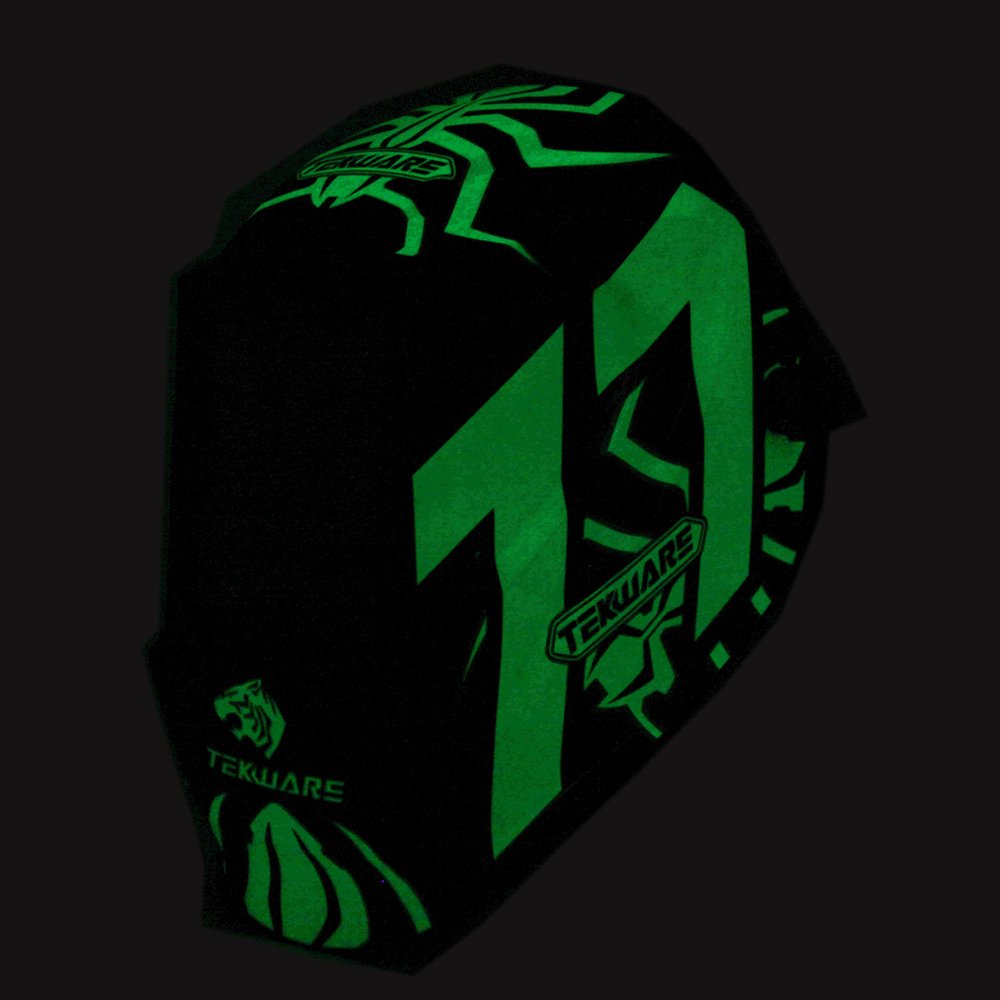
For modern welders, an auto-darkening welding helmet (ADF helmet) is more than just a piece of safety equipment—it’s a revolutionary tool that enhances precision, comfort, and productivity. Moving from a traditional fixed-shade helmet to an auto-darkening model is a significant upgrade. However, with so many options on the market, choosing the right one can be challenging.

This guide will walk you through the essential things to consider when selecting an auto-darkening welding helmet to ensure you make an informed investment that protects your eyes and improves your craft.
First and foremost, safety is paramount. Any helmet you consider must meet rigorous safety certifications.
ANSI/ISEA Z87.1: This is the American National Standard for occupational and educational personal eye and face protection devices. Ensure the helmet is compliant.
CE / EN Standards: In Europe, look for CE marking indicating compliance with EN 379 for auto-darkening filters and EN 175 for eye and face protection during welding.
UV/IR Protection: Regardless of whether the lens is dark or light, it must provide 100% protection against harmful ultraviolet (UV) and infrared (IR) radiation. All certified helmets offer this.
SEO Keywords: welding helmet safety standards, ANSI Z87.1, UV IR protection
The sensors are the "eyes" of your helmet. They detect the welding arc and trigger the lens to darken.
2 Sensors: Found on basic models. May be prone to occasional failure to darken if a sensor is blocked.
3-4 Sensors: The industry standard for most professional and hobbyist helmets. Offers excellent reliability from various angles and positions.
5+ Sensors: Found on premium models. Provides maximum reliability for complex welding positions (e.g., pipe welding) where your hand or workpiece might block some sensors.
Pro Tip: Look for sensors that are not obstructed by the helmet's shell design.
SEO Keywords: arc sensors welding helmet, best ADF helmet sensors
This measures how quickly the lens transitions from its light state to its dark state, measured in fractions of a second (1/10,000s to 1/25,000s).
What to look for: A faster reaction time (e.g., 1/20,000th of a second or better) is crucial for protecting your eyes from the initial bright flash of the arc, especially with high-amperage welding. This helps prevent "flash burn" or "welder's flash."
SEO Keywords: welding helmet reaction time, ADF darkening speed
The shade number indicates the darkness of the lens.
Light State Shade: Typically a shade #3 or #4. This lighter shade allows you to see your workpiece clearly to position your electrode or torch accurately without flipping your helmet up and down.
Dark State Shade Range: Most helmets offer an adjustable range, commonly from shade #9 to #13. A wider range (e.g., #5 - #13) is versatile for both low-amperage TIG welding (requiring a lighter shade) and high-amperage stick welding (requiring a darker shade).
SEO Keywords: welding lens shade range, adjustable shade helmet
The delay control adjusts how long the lens stays dark after the arc stops.
Why it matters: A longer delay is useful after finishing a long MIG weld, as it protects your eyes from the bright, cooling slag. A shorter delay allows the lens to clear quickly for inspection.
Grind Mode: A vital feature that locks the lens in its light state (shade #3 or #4), allowing you to grind without needing to remove your helmet or use a separate face shield.
SEO Keywords: welding helmet with grind mode, delay control ADF
This dramatically impacts your welding experience and reduces eye strain.
Viewing Size: Measured in square inches. A larger viewing area (e.g., 6 sq. in. to 9+ sq. in.) provides a broader field of vision, making it easier to see your entire work area.
Optical Clarity (Class): Lenses are rated Class 1, 2, or 3 per EN 379.
Class 1 (Premium): Highest optical quality, minimal distortion, true color. Reduces eye fatigue during long projects.
Class 2 & 3 (Standard): Good quality but may have slight distortion, especially around the edges of the lens. Ideal for hobbyists.
SEO Keywords: optical clarity welding helmet, large viewing size helmet, Class 1 lens
Auto-darkening lenses require power. Most modern helmets use a combination system:
Solar-Powered with Backup Batteries: The most common and reliable system. Solar cells power the lens in well-lit conditions, while replaceable or rechargeable lithium batteries provide backup.
Replaceable vs. Fixed Batteries: Helmets with user-replaceable batteries (like CR2450 coins) are convenient. Fixed batteries require you to send the helmet in for replacement once they die.
SEO Keywords: solar powered welding helmet, ADF battery life
A technically perfect helmet is useless if it's uncomfortable to wear.
Weight: Lighter helmets (under 20 oz) reduce neck strain during long welding sessions.
Headgear: Look for fully adjustable, padded, and ratcheting headgear. It should be easy to adjust for a secure and comfortable fit with one hand. A good headgear also allows the helmet to be tilted forward and backward easily.
SEO Keywords: lightweight welding helmet, comfortable welding helmet headgear
Selecting the right auto-darkening welding helmet is a critical decision that affects your safety, health, and the quality of your work. By carefully considering these factors—safety certifications, number of sensors, reaction time, shade range, comfort, and optical clarity—you can find a helmet that fits your specific welding processes, budget, and comfort needs.
Whether you're a weekend hobbyist or a professional pipeline welder, investing in a high-quality auto-darkening helmet is an investment in your craft's future and your long-term eye health.
Your email address will not be published. Required fields are marked